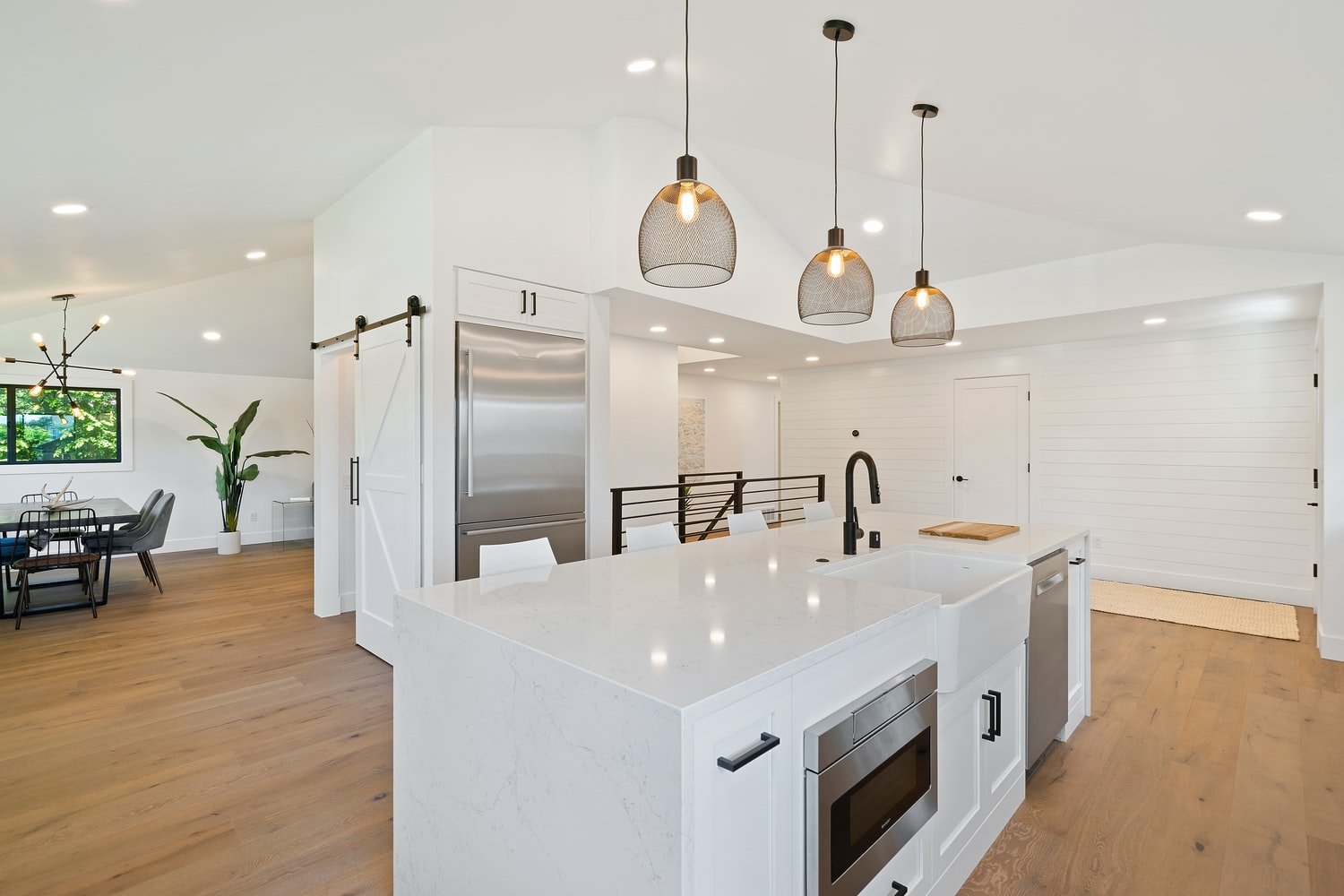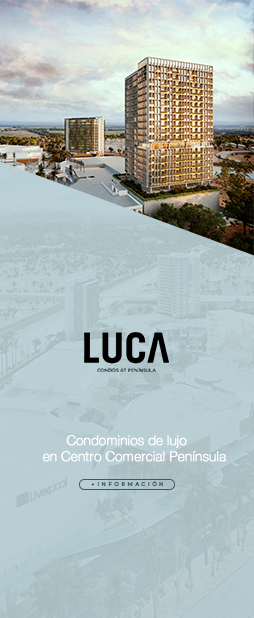The BRRRR (Buy, Rehab, Rent, Refinance, Repeat) Method is a real estate investment strategy that involves flipping distressed property, renting it out, and then cash-out refinancing it in order to fund further rental property investment.
One of the main differences between the BRRRR method and a conventional investment property strategy is the focus on investing in distressed properties and on refinancing the purchased property in order to buy another one.
If you’re a real estate investor considering this type of strategy, read on to learn about how the BRRRR Method works, its pros and cons and if it’s the right method for your financial or real estate investing goals.
How The BRRRR Method Works
If done correctly, the BRRRR Method can provide passive income and a revolving method for purchasing and owning rental property. The method works through the following steps:
Buy a property: The property you purchase should be a distressed property that needs some work to get up to code and ready to rent. Because of the home’s condition, it will likely be cheaper to purchase.
Rehab the property: Since the property is distressed, it may require extensive work. In this step, you’ll renovate the property to make structural, safety and aesthetic improvements and prepare it for renters.
Rent out the property: Determine the rental price and find people to rent the home.
Do a cash-out refinance on the property: With a cash-out refinance, you convert your equity into cash. You access your equity by taking out a bigger mortgage, borrowing more money than you currently owe. The cash can be used for anything, including purchasing another property.
Use funds from refinance to buy another property: In this final step, you’ll start the process all over again. Using the funds from your cash-out refinance, you’ll purchase another distressed property and rehab it, before renting it out and refinancing that property.
Buy, Rehab, Rent, Refinance, Repeat: Tips For Each Step
When practicing the BRRRR Method, it’s important to do the following steps in their exact order. Here are a few tips for following each step of the acronym.

Buy
Because the BRRRR Strategy relies on you purchasing a distressed property in need of updates and repairs, it may be hard to get a traditional mortgage on the home. There are a few reasons for this. Most lenders require an appraisal on the property, but the value is difficult to assess on this type of property. Depending on the type of loan you get, the property may also need to pass specific guidelines to qualify. A distressed property will most likely not meet those requirements.
Before you rule out financing completely, talk to a lender to see if you do have any options. It may be possible to use a HELOC or a hard money loan to finance the purchase, but these options can be high risk and are often not recommended.
When buying a distressed property, it’s important to calculate the after repair value (ARV). ARV is the estimated value of the home after you renovate or rehab the property. To determine ARV, you compare the planned final result of the home to similar homes, or comparables, that have recently sold in the area. These homes should be similar in size, number of bedrooms and bathrooms, age, type of build and condition.
When deciding how much to offer on the home, follow the 70% Rule in real estate. Avoid investing more than 70% of the property’s ARV. For example, if a home’s ARV is $300,000, you shouldn’t pay more than $210,000 for the home.
Rehab
When it comes to rehabbing the home, the first improvements you’ll need to do are any that will bring the home up to code and make it safe to live in. Next, you’ll want to identify the types of improvements that will truly increase value. These may include updating your kitchen and bathroom, improving the curb appeal and installing energy-efficient windows, appliances and other features.
Before you start your project, make sure you create a realistic budget and timeline for your project.
Rent
It’s important to find renters before you refinance (the next step) because lenders generally won’t refinance until a property has tenants.
When it comes to choosing tenants, you’ll want to look for certain qualities:
- A good record of on-time payments
- A stable job with steady income
- A good credit report
- No criminal behavior or history of eviction
- Positive references
You can find this information by meeting with the potential tenant, having them fill out an application, reviewing their credit report, asking for references and performing a background check. Of course, you’ll want to make sure you get their consent and follow all housing laws.
When determining the rent, you’ll want to make sure it is fair to your renter and produces a positive cash flow for you. You can determine this by subtracting the total expenses to own and rent the home from the total amount of monthly rent you’ll charge. Using a very basic example, let’s say you charge $1,500 per month for rent and your mortgage payment is $800. Barring any other expenses, your cash flow is $700 per month. Look at rental rate comparables to help you find the right price.
Refinance
In the BRRRR method, you do a cash-out refinance so you can use the money to purchase another distressed property to flip and rent out. In order to do this, you’ll need to find a lender that offers a cash-out refinance and you’ll need to meet the qualifications of the loan.
While the lender will have its own set of requirements, you’ll need to meet a minimum credit score requirement (typically around 620 for a cash-out refinance), a maximum DTI (usually around 50% or less) and have equity in the home. You may also need to own the property for a certain amount of time before you can get a cash-out refinance.
Keep in mind that you’ll also need an appraisal and there may be additional fees, including closing costs, that you’ll need to pay to do the loan.
Repeat
In the final step of the BRRRR Method, you’ll go back and repeat the previous steps, in the same order as before. If you want to continue to repeat these steps, it’s a good idea to take notes each time you go through the process so you can learn from past mistakes.
Pros And Cons Of The BRRRR Method
Before deciding on the BRRRR strategy, make sure you weigh the pros and cons to ensure this is the right investment strategy for you.
Pros Of The BRRRR Method
A few pros of the BRRRR Method include your ability to make a passive income, increase your rental portfolio, build equity during the rehab process and repeat the process as long as you’re able.
Cons Of The BRRRR Method
Some cons to consider are the cost and work required for rehabbing the home. And since you may not be able to get a traditional mortgage on the home, you may have to get a more expensive or riskier loan. And what happens if, when you go to refinance, you qualify for less money than you originally planned?
This method also requires patience. Along with waiting until renovations are complete, you may also wait the amount of time required for you to own the home before you can get a cash-out refinance. Consider, too, that it may take time to find good tenants to rent your home.
Alternatives To The BRRRR Method
If you decide the BRRRR Method isn’t the right real estate investment strategy for you, there are other strategies you can research. The traditional investment strategy involves purchasing a home in good condition (by using a traditional mortgage or paying cash) and renting it out in exchange for rental income. The rental income basically pays your mortgage and any extra income can be used however you like, though it would be smart to put it towards paying off the mortgage faster.
A more creative strategy could be a crowdfunded real estate investment. This newer approach uses funding from a wide range of investors who pool their money to purchase real estate. This allows people to make investments for less money and work, while still reaping the rewards.
Key Takeaways
The BRRRR Method can produce passive income and build your real estate portfolio over and over again. However, it takes patience to rehab the home, find tenants and allow for seasoning before you can get a cash-out refinance. It’s important to consider these pros and cons before planning your next move. If you’re new to real estate investment or buying, owning or selling a home, get more information in our Learning Center, which covers topics like mortgage basics, refinancing, loan types and home buying.
Fuente: Rocket Mortgage
[/vc_column_text][/vc_column][/vc_row]





Add comment